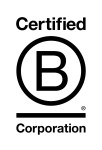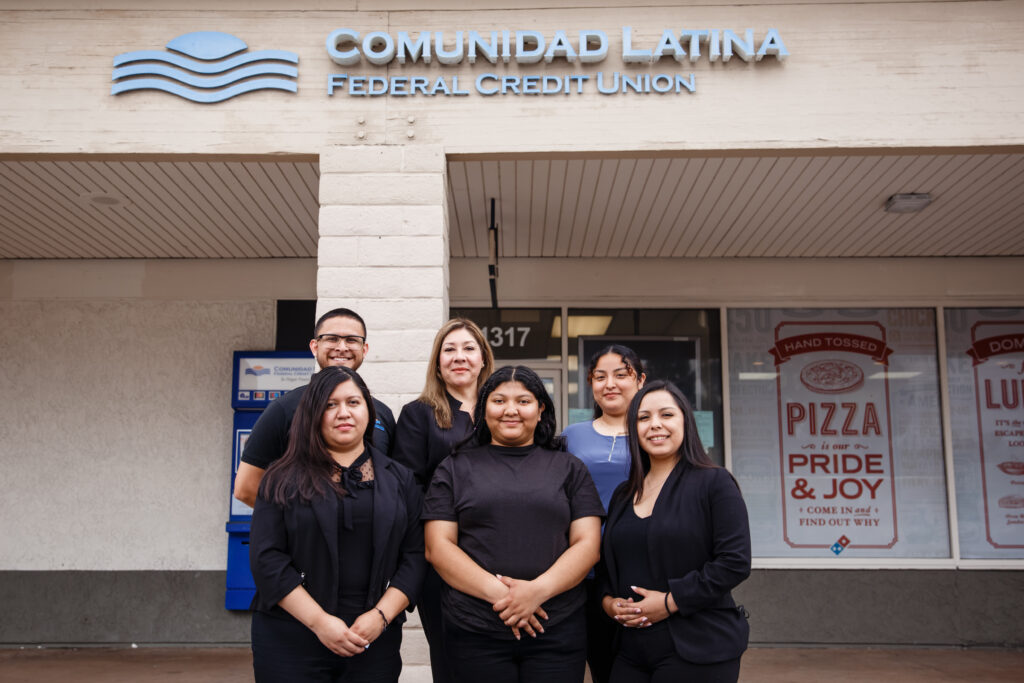
Unbanked rate declines, still disproportionately high for underserved populations
The FDIC’s new report on banking access in American Households shares the good news that unbanked rates have fallen to 4.2% in 2023, down from a high of 8.2% in 2011. As banking access is important for helping Americans build businesses, buy a home, pursue higher education, and ensure safe access to emergency savings, the decline is welcome news. However, inequalities persist with higher unbanked rates among Black, Hispanic, and American Indian or Alaska Native households, as well as households with lower-incomes. Additionally, 19 million households (14.2%) were underbanked– meaning that they had used nonbank alternative financial services in the last 12 months.
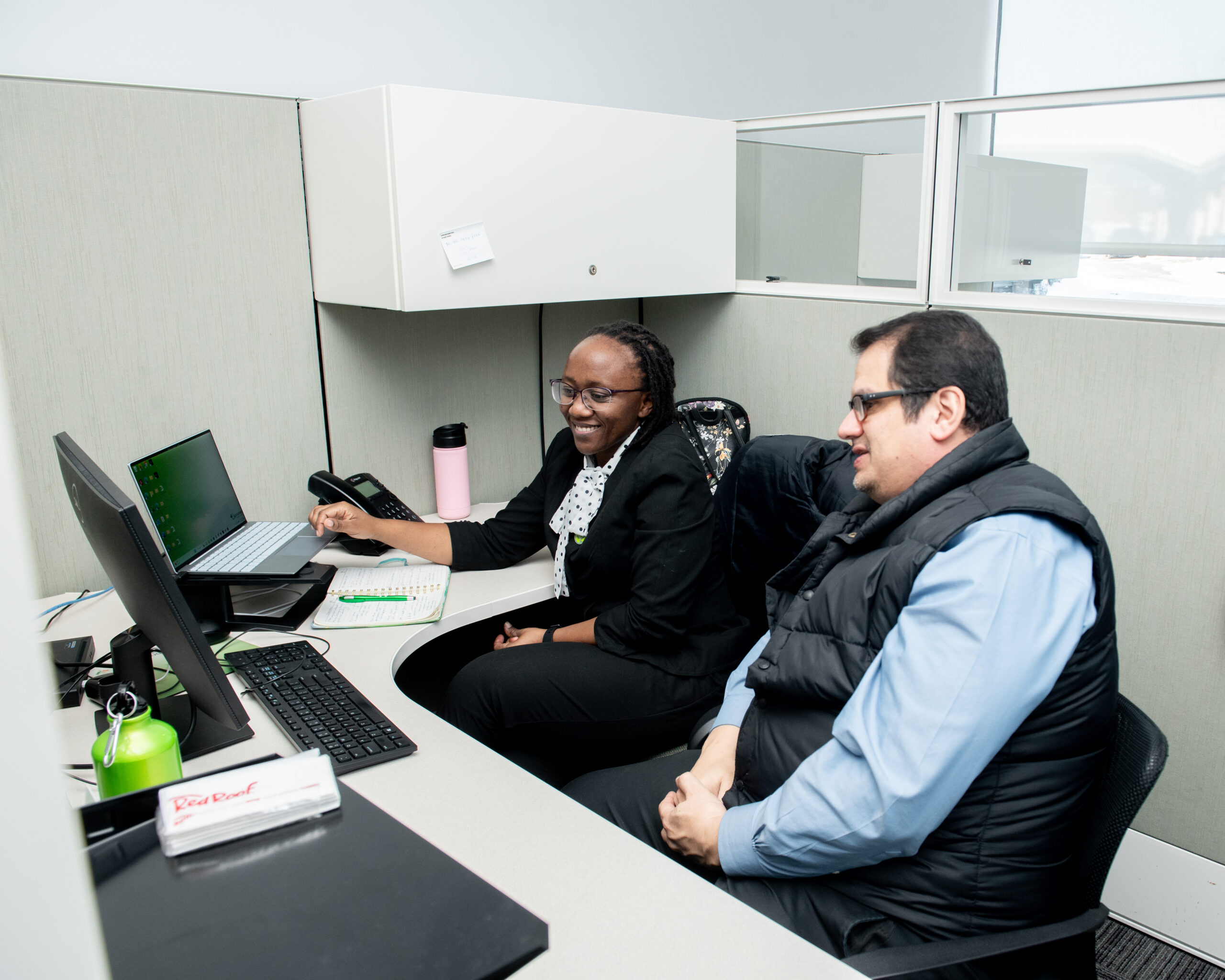 Mission-driven banks and credit unions, like those that participate in CNote’s Impact Cash® Network, work to increase banking access to underserved groups and help those that are underbanked become fully banked by transitioning away from check cashers, payday lenders, and other alternative financial services. Among CNote’s Impact Cash depository institution network partners:
Mission-driven banks and credit unions, like those that participate in CNote’s Impact Cash® Network, work to increase banking access to underserved groups and help those that are underbanked become fully banked by transitioning away from check cashers, payday lenders, and other alternative financial services. Among CNote’s Impact Cash depository institution network partners:
- 90% offer credit builder loans to help those with no or low credit scores establish and build a credit in order to qualify for credit cards, loans, and other mainstream credit.
- 90% offer debt consolidation loans, often used to consolidate and refinance high-priced debt from predatory lenders into one loan with a more affordable rate.
- 65% offer payday alternative loans to address emergency borrowing needs
Black households
Specific populations in the US are more likely to be unbanked or underbanked, including Black households. In 2023, 10.6% of Black households were unbanked, down from 21.4% in 2009. Despite this decrease, compared with White households, Black households were:
- more than five times as likely to be unbanked
- more than twice as likely to be underbanked
- more than twice as likely not to have mainstream credit
Hispanic households
Hispanic households are disproportionately unbanked and underbanked. While the unbanked rate for Hispanic households dropped to 9.5% (2023) from 19.6% (2009) stark disparities persist.
Compared with White households, Hispanic households were:
- five times as likely to be unbanked
- twice as likely to be underbanked
- more than twice as likely not to have mainstream credit
Mission–driven banking institutions like Comunidad Latina Federal Credit Union (CLFCU) are key to further reducing the disparities in banking access for Hispanic households. CLFCU is a not-for-profit financial institution serving the community of Santa Ana, California. Their mission is to serve its community “by offering unique, empowering, affordable financial services with compassion, care, and dignity.” CLFCU has a focus on serving Hispanic people, especially those who are immigrants to the US.
Comunidad Latina’s members face a number of challenges, including those that come with being immigrants, DACA recipients, and/or first-generation Americans. Additionally, many of the credit union’s members are either underbanked or unbanked, live paycheck to paycheck, and come from cultures where it’s taboo to discuss finances with others. More than 90% of Comunidad Latina’s members have an annual household income of less than $50,000, and in most cases, its members work two or three jobs to be able to afford their living expenses. “Many of our members don’t trust the banking system,” Azul said. “We have members who literally keep their money under their mattress.”
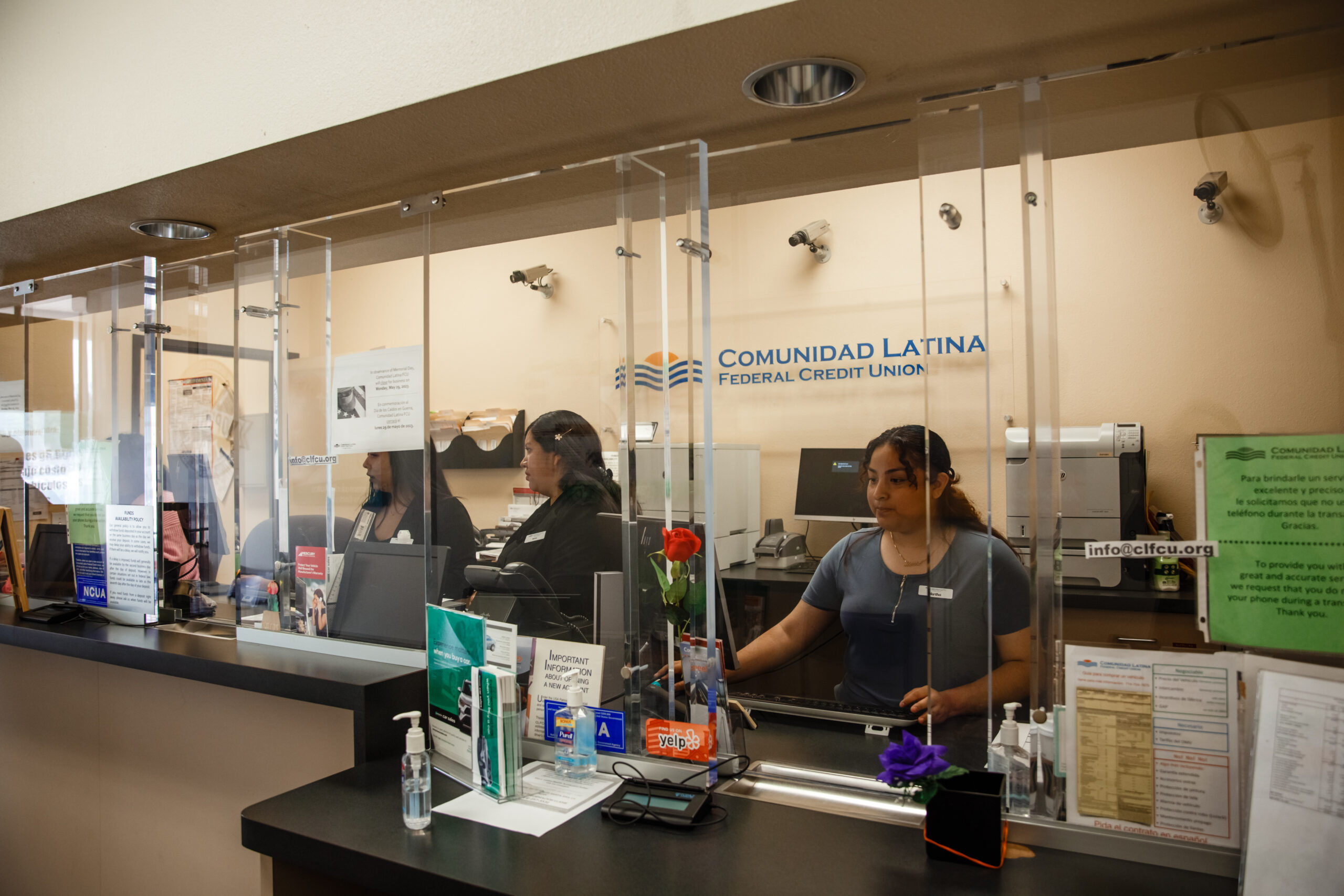
Comunidad Latina intentionally located their branch in a strip mall just down from a payday lender and in the first several years actively targeted individuals using the payday lender, enticing them to become members of CLFCU. Comunidad Latino was so successful with this strategy that the payday lender left.
Lower-Income Households
Lower-income households often represent a larger share of the unbanked and underbanked population, facing significant barriers to financial inclusion. These barriers can result in limited access to safe, affordable financial services and perpetuate cycles of economic hardship. According to the FDIC’s 2023 survey:
- Cash-only transactions were disproportionately common, with 66.2% of unbanked households relying exclusively on cash.
- Bank tellers remained a primary method of account access for lower-income households, even as their use declined across other demographics.
- The share of households with no mainstream credit was higher among lower-income groups, contributing to financial exclusion.
Mission-driven depository institutions like Great Lakes Federal Credit Union (GLCU) are addressing these barriers by bringing affordable financial solutions to underserved and underbanked communities.
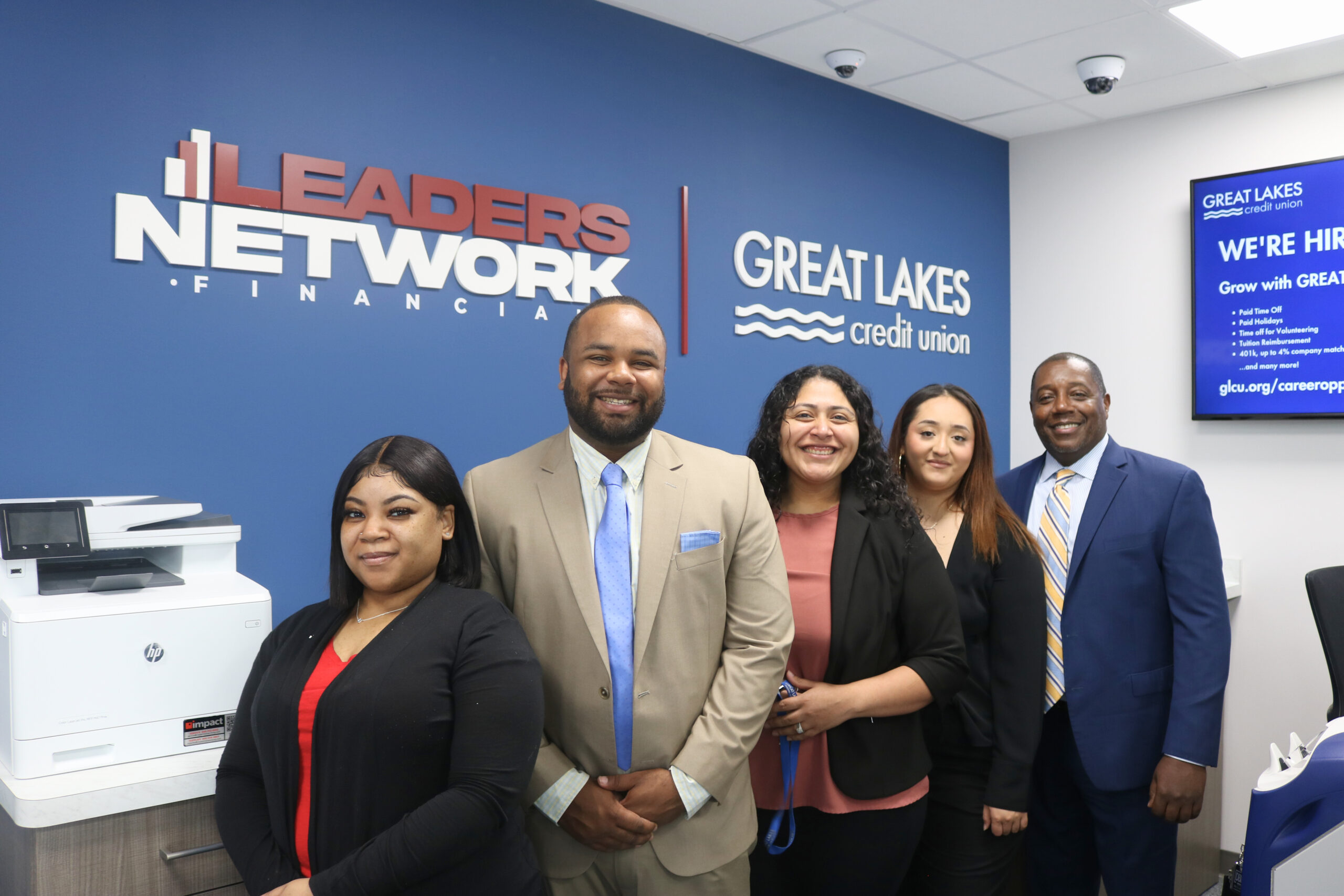 In April 2024, GLCU opened the Leaders Network Financial branch in Chicago’s Austin neighborhood, a long-standing banking desert. With a median household income of just $38,407, Austin residents had been forced to rely on predatory payday lenders and currency exchanges that perpetuated cycles of poverty. Partnering with The Leaders Network and the Illinois Credit Union League, GLCU introduced essential financial services to the community, offering equitable products like Fast Cash loans, Credit Builder loans, and Fresh Checking accounts designed to meet residents’ unique needs.
In April 2024, GLCU opened the Leaders Network Financial branch in Chicago’s Austin neighborhood, a long-standing banking desert. With a median household income of just $38,407, Austin residents had been forced to rely on predatory payday lenders and currency exchanges that perpetuated cycles of poverty. Partnering with The Leaders Network and the Illinois Credit Union League, GLCU introduced essential financial services to the community, offering equitable products like Fast Cash loans, Credit Builder loans, and Fresh Checking accounts designed to meet residents’ unique needs.


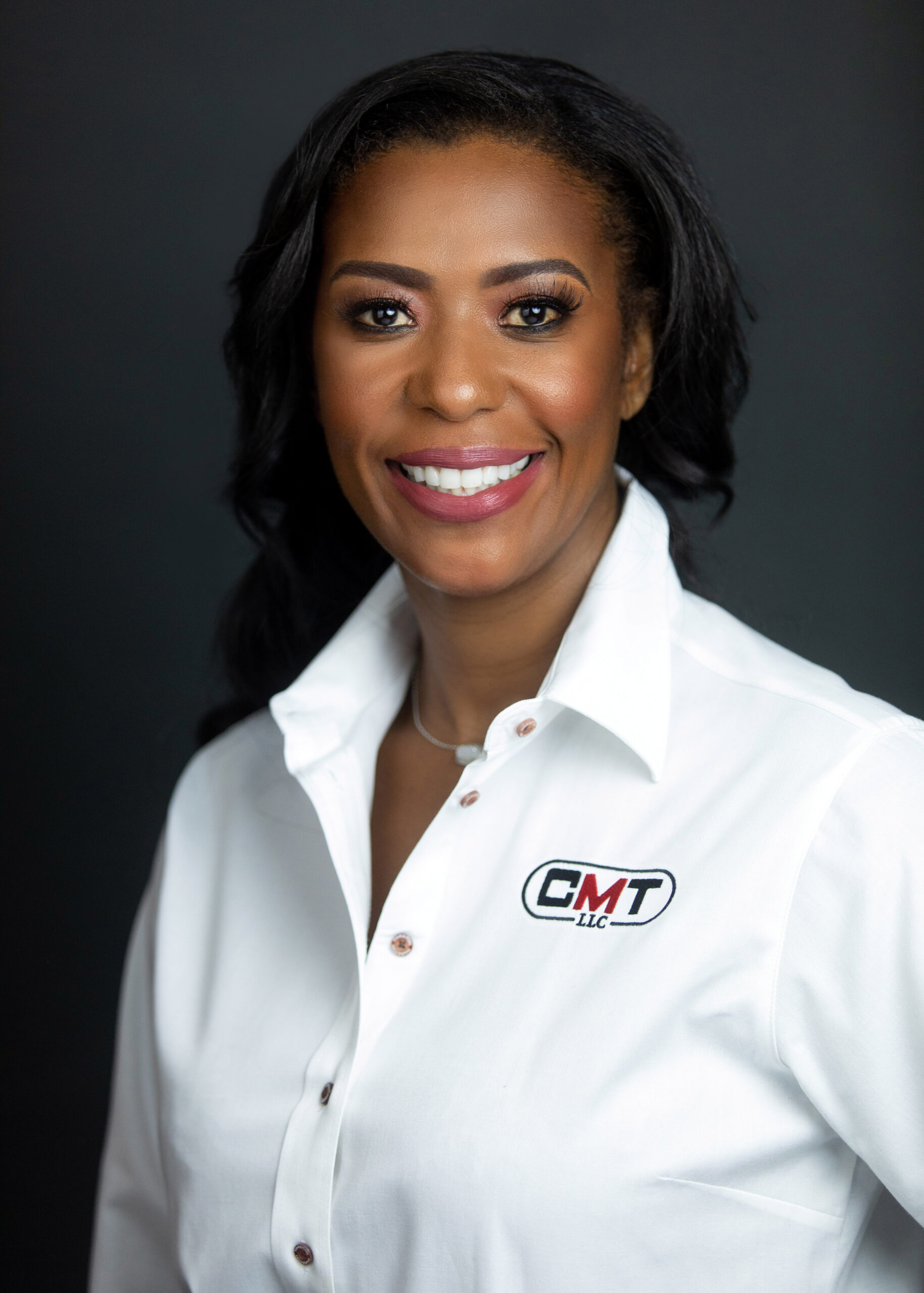
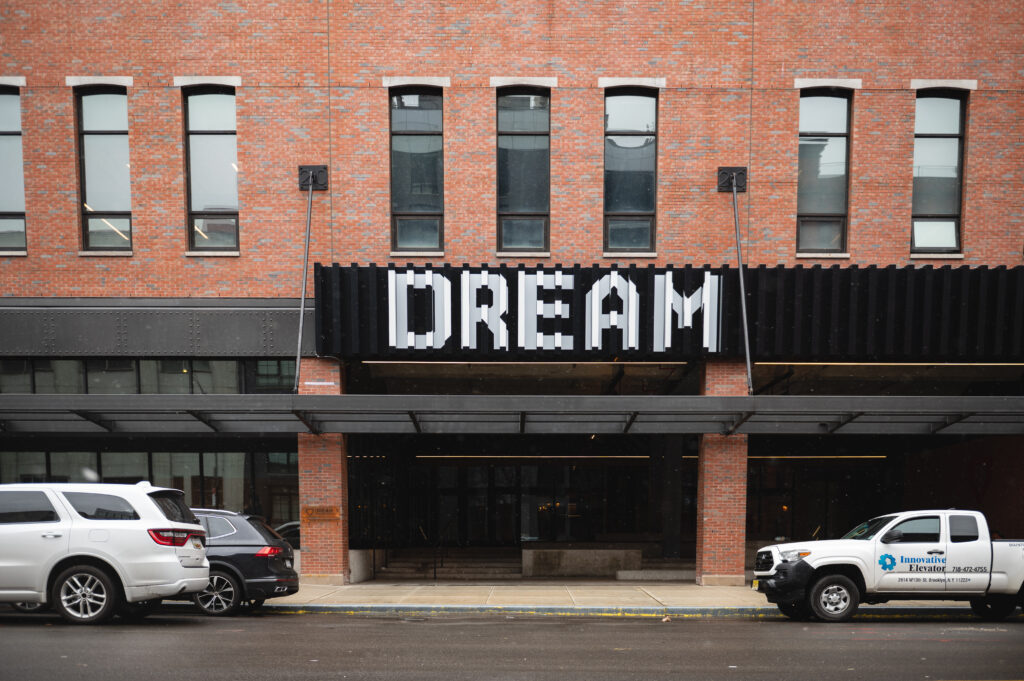
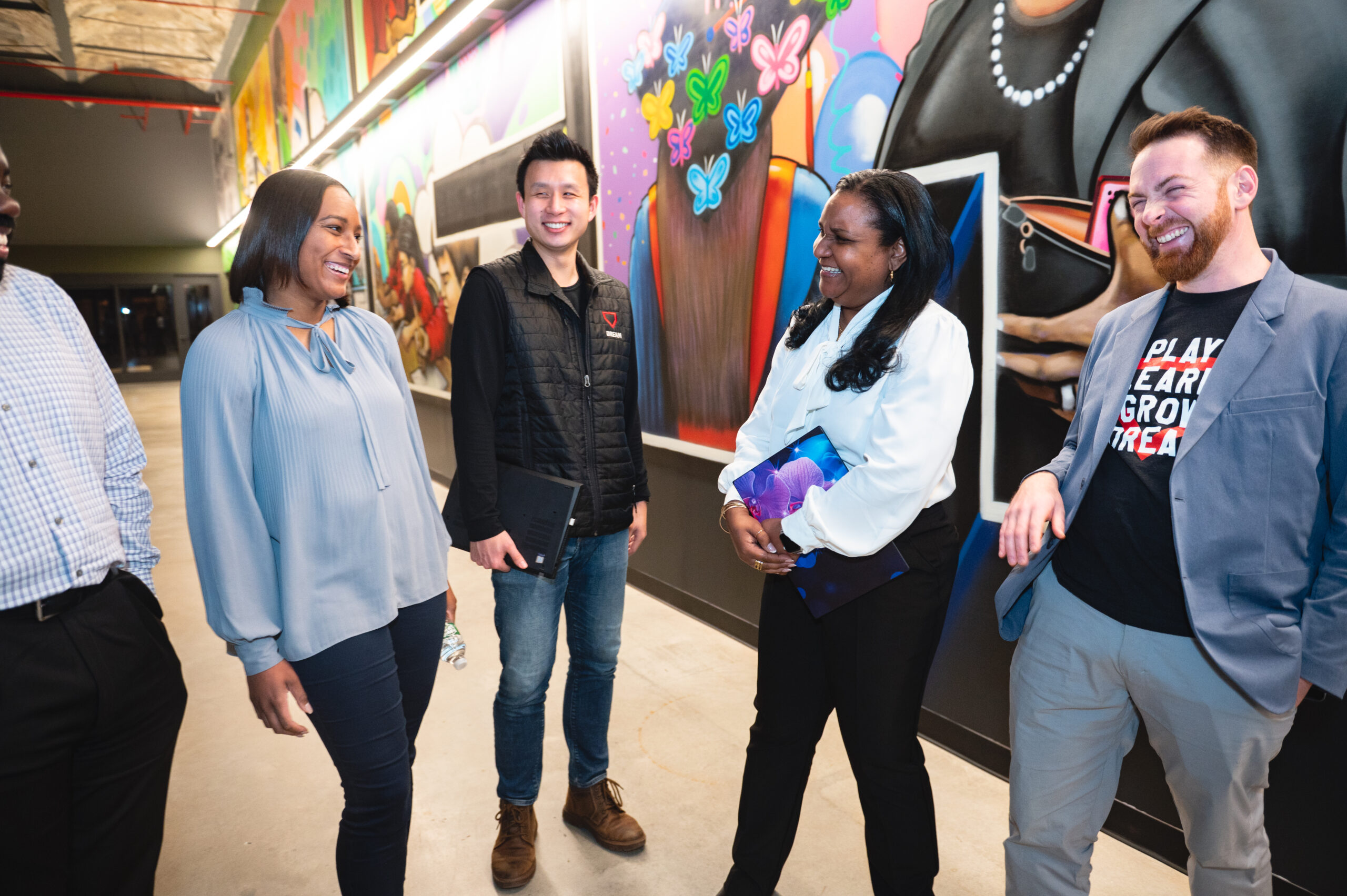
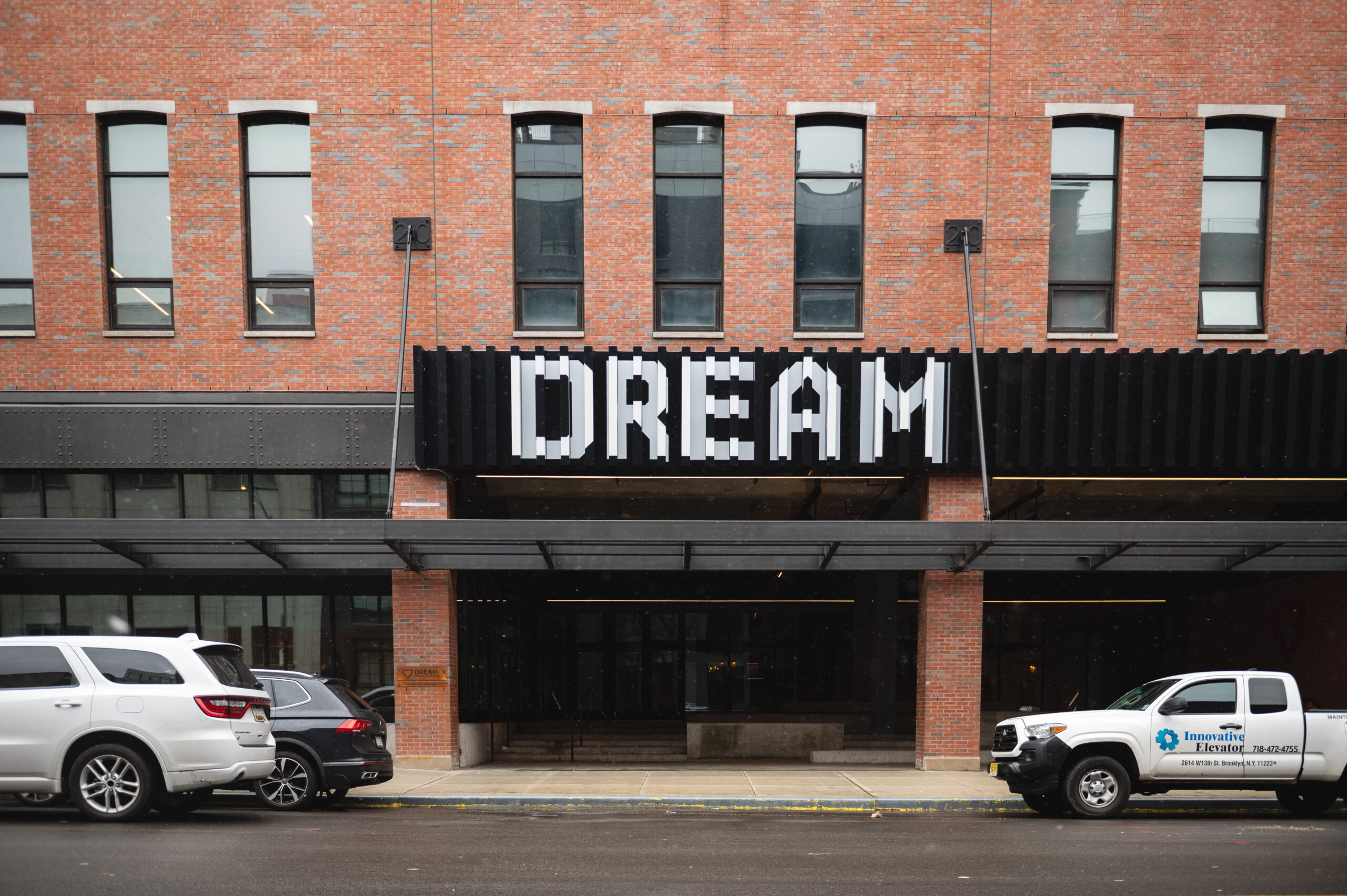 Lloyd is used to helping point clients in the right direction, even if that sometimes means sending people away from Carver Bank. According to Lloyd, if Carver doesn’t have the specific product that a client needs, he and his team are quick to make a warm referral. They’ll even go as far as communicating with other partner organizations and streamlining the process so that the client isn’t left waiting or having to start the lending process from the very beginning somewhere else. “If we can help the client at Carver, we’ll do that,” Lloyd said, “but I can’t tell you how many times I’ve had clients come back to me thanking me for referring them to one of our partner organizations. It’s really about the relationship, providing support, and being a trusted member of their team. The most important thing is to make sure that they get the help they need.”
Lloyd is used to helping point clients in the right direction, even if that sometimes means sending people away from Carver Bank. According to Lloyd, if Carver doesn’t have the specific product that a client needs, he and his team are quick to make a warm referral. They’ll even go as far as communicating with other partner organizations and streamlining the process so that the client isn’t left waiting or having to start the lending process from the very beginning somewhere else. “If we can help the client at Carver, we’ll do that,” Lloyd said, “but I can’t tell you how many times I’ve had clients come back to me thanking me for referring them to one of our partner organizations. It’s really about the relationship, providing support, and being a trusted member of their team. The most important thing is to make sure that they get the help they need.”



